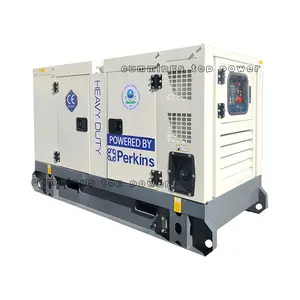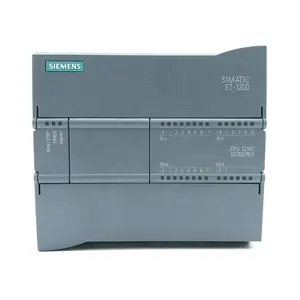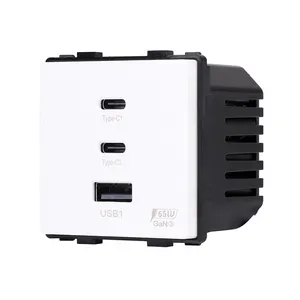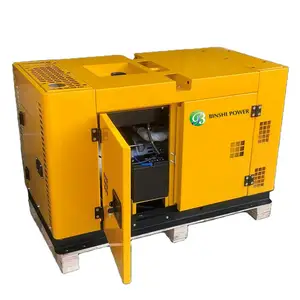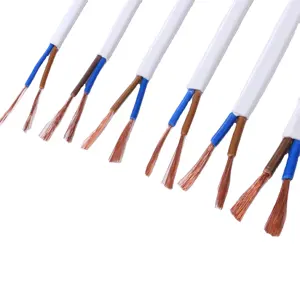Popular in your industry















Top categories
About cable 300/500v 2x0.75
Understanding Cable 300/500V 2x0.75
Cable 300/500V 2x0.75 refers to a specific type of electrical cable designed for low voltage applications. This cable is characterized by its voltage rating of 300/500V and a cross-sectional area of the conductors at 0.75mm². It is commonly used in domestic and light commercial wiring, offering a reliable solution for power and lighting circuits.
Construction and Materials
The construction of cable 300/500V 2x0.75 typically involves multi-stranded copper conductors, known for their flexibility and conductivity. Insulation is a crucial component, often made from PVC or other durable materials, providing resistance to heat, chemicals, and abrasion. The outer sheath is designed to protect the internal conductors from environmental factors.
Applications and Features
This type of cable is versatile, suitable for fixed installations in dry or damp premises. The features of cable 300/500V 2x0.75 include its flexibility, ease of handling, and the ability to withstand a range of operating temperatures. Its applications span from indoor lighting to control circuits in various devices.
Advantages of Using Cable 300/500V 2x0.75
The advantages of using cable 300/500V 2x0.75 are numerous. Its small diameter makes it ideal for installations with limited space. The cable's insulation properties ensure safety and compliance with electrical standards, while its durability contributes to a longer lifespan, reducing the need for frequent replacements.
Selection Considerations
When selecting cable 300/500V 2x0.75, it is important to consider the specific requirements of the application, such as the length of the run and environmental conditions. It is also crucial to ensure compatibility with other components of the electrical system.
Environmental and Safety Standards
Cable 300/500V 2x0.75 is manufactured in accordance with various environmental and safety standards. These standards dictate the materials used and the manufacturing processes to ensure the cable is safe for its intended use and has a minimal environmental impact.

